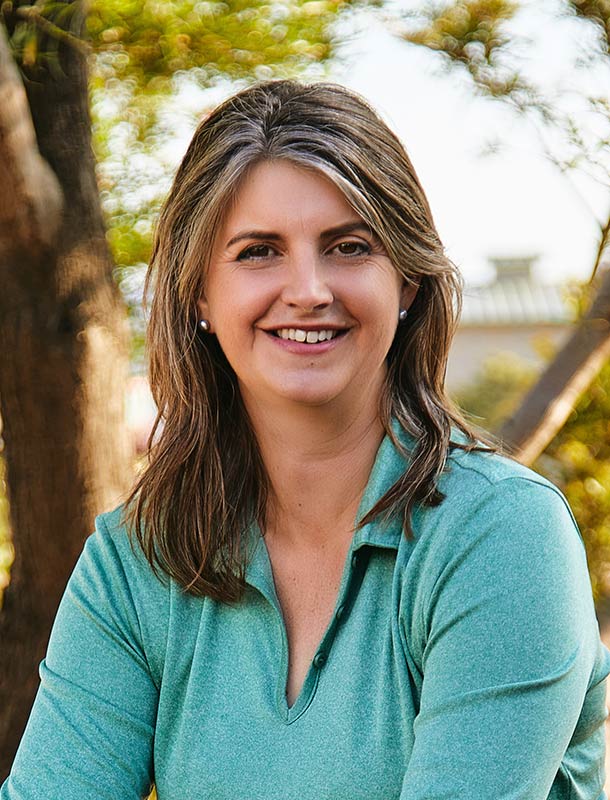Horse Wounds: How to Know if a Joint is Involved

Wounds are one of the more common injuries veterinarians assess in the field. And, when wounds occur near a joint or tendon sheath, there is always a risk the synovial structure is involved. If so, that becomes an even more serious problem.
Synovial structures include joints, tendon sheaths, and bursas (cushioning, fluid-filled sacs) contain synovial fluid that protects and lubricates the surrounding anatomy. When a wound involves a synovial structure, synovial fluid and, therefore, lubrication is lost, and infection can occur. Because wounds involving synovial structures are serious and can be life-threatening, veterinarians need to quickly assess whether a wound does, in fact, involve one of these structures.
The challenge becomes how best to do this in the field. The gold standards—synovial fluid cultures and cytology (examining cells under a microscope)—are either challenging on the farm, take days to get results, or are only helpful about 50% of the time, said Jacqueline Hill, DVM, Dipl. ACVS-LA, of Littleton Equine Medical Center, in Colorado. This leaves field veterinarians needing other tools with which to conduct an accurate assessment when treating a horse in the field
Create a free account with TheHorse.com to view this content.
TheHorse.com is home to thousands of free articles about horse health care. In order to access some of our exclusive free content, you must be signed into TheHorse.com.
Start your free account today!
Already have an account?
and continue reading.

Written by:
Clair Thunes, PhD
Related Articles
Stay on top of the most recent Horse Health news with












